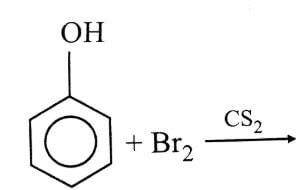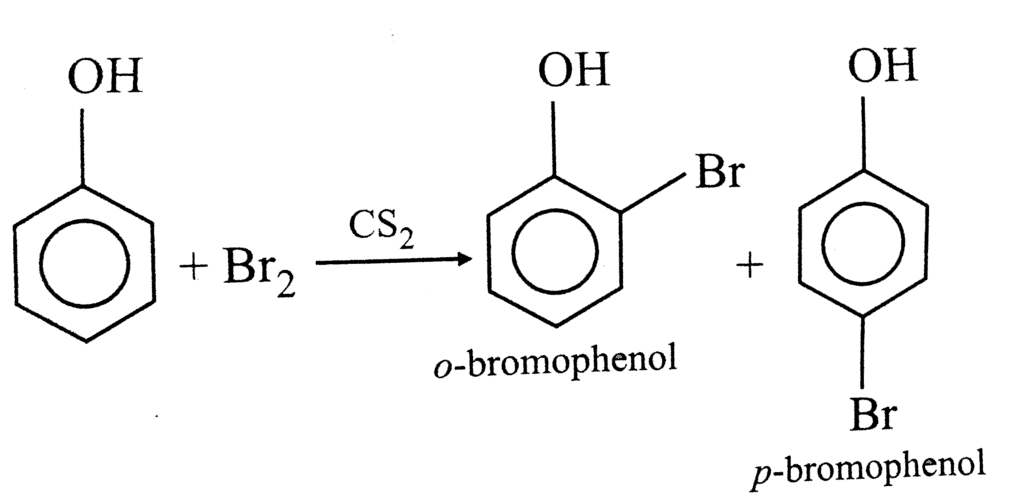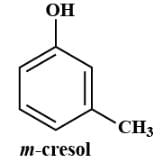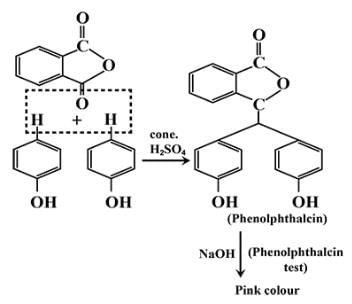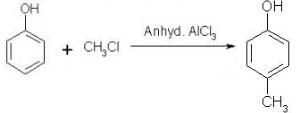NEET Exam > NEET Tests > Chemistry Class 12 > Test: Characteristics of Phenols - NEET MCQ
Test: Characteristics of Phenols - NEET MCQ
Test Description
10 Questions MCQ Test Chemistry Class 12 - Test: Characteristics of Phenols
Test: Characteristics of Phenols for NEET 2025 is part of Chemistry Class 12 preparation. The Test: Characteristics of Phenols questions and answers have been
prepared according to the NEET exam syllabus.The Test: Characteristics of Phenols MCQs are made for NEET 2025 Exam. Find important
definitions, questions, notes, meanings, examples, exercises, MCQs and online tests for Test: Characteristics of Phenols below.
Solutions of Test: Characteristics of Phenols questions in English are available as part of our Chemistry Class 12 for NEET & Test: Characteristics of Phenols solutions in
Hindi for Chemistry Class 12 course. Download more important topics, notes, lectures and mock
test series for NEET Exam by signing up for free. Attempt Test: Characteristics of Phenols | 10 questions in 15 minutes | Mock test for NEET preparation | Free important questions MCQ to study Chemistry Class 12 for NEET Exam | Download free PDF with solutions
Test: Characteristics of Phenols - Question 1
Phenol is acidic due to resonance stabilization of its conjugate base :
Detailed Solution for Test: Characteristics of Phenols - Question 1
Test: Characteristics of Phenols - Question 2
One of the constituents of baking powder is sodium hydrogencarbonate, the other constituent is
Detailed Solution for Test: Characteristics of Phenols - Question 2
Test: Characteristics of Phenols - Question 3
Identify the alcohol or phenol having a stronger acidic nature from the following.
Detailed Solution for Test: Characteristics of Phenols - Question 3
Detailed Solution for Test: Characteristics of Phenols - Question 4
Detailed Solution for Test: Characteristics of Phenols - Question 5
Test: Characteristics of Phenols - Question 6
Phenol on treatment with Phthalic anhydride gives:
Detailed Solution for Test: Characteristics of Phenols - Question 6
Detailed Solution for Test: Characteristics of Phenols - Question 7
Detailed Solution for Test: Characteristics of Phenols - Question 8
Test: Characteristics of Phenols - Question 9
Which of the following is obtained as a major product in Friedel-Craft’s alkylation of phenol ?

Detailed Solution for Test: Characteristics of Phenols - Question 9
Detailed Solution for Test: Characteristics of Phenols - Question 10
|
108 videos|286 docs|123 tests
|
Information about Test: Characteristics of Phenols Page
In this test you can find the Exam questions for Test: Characteristics of Phenols solved & explained in the simplest way possible.
Besides giving Questions and answers for Test: Characteristics of Phenols, EduRev gives you an ample number of Online tests for practice



